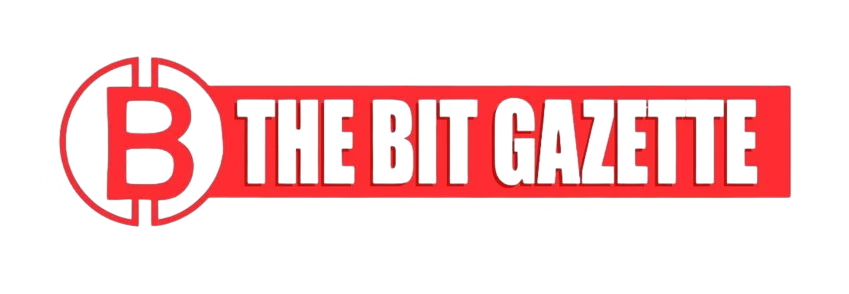Uniswap’s UNI token surged 117% to $10.30 following the November 11 announcement of a governance proposal that would activate protocol fees for the first time and use revenue to buy back tokens from the market, breaking a three-month downtrend that had pushed the price as low as $4.73.
The ‘UNIfication’ proposal, which could generate an estimated $38 million in monthly buybacks according to analysts, has triggered what technical analysts describe as a decisive breakout from a descending price channel that had contained UNI since mid-August.
“The breakout from the descending channel was clean and decisive,” said Daniel Hong, senior market strategist at Token Metrics. “It shows that the Uniswap price surge is backed by strong market conviction and not just speculative volatility.”
Governance catalyst drives Uniswap price surge
Analysts attribute the current Uniswap price surge primarily to the introduction of the “UNIfication” proposal, which activates protocol fees for the first time across Uniswap v2 and v3 pools. These fees, once collected, would be used to repurchase UNI tokens on the open market effectively introducing a buyback mechanism similar to traditional equity models.
The proposal, outlined in detail on the Uniswap governance forum, follows a 22-day process consisting of a 7-day community comment period, 5-day snapshot vote, and 10-day on-chain execution window. Based on its release date of November 11, the voting cycle is expected to conclude around December 3.
According to estimates shared by analyst CryptoMechanic on X (formerly Twitter), the fee mechanism could generate $38 million per month in buybacks, depending on trading volume and fee allocation ratios.
“Turning on protocol fees marks the start of a new chapter for Uniswap,” said Lisa Kuang, DeFi researcher at Delphi Digital. “The proposal aligns incentives between governance participants and UNI holders, and that’s why the Uniswap price surge has been so strong.”
Market reaction and technical outlook
While the Uniswap price surge has reignited optimism, traders are watching key technical zones for signs of potential retracement. The token is currently consolidating near the 0.618 Fibonacci retracement level at $8.15, a zone that has historically acted as reliable support.
However, analysts caution that UNI remains overextended from its EMA cluster, suggesting the possibility of a pullback toward the 0.382 Fib level around $6.80 before the next leg upward.
Market sentiment remains broadly positive, supported by increased liquidity and higher open interest across major derivatives exchanges such as Binance and OKX. Some institutional traders have also started positioning ahead of the governance vote, anticipating that a successful implementation could establish a sustainable revenue model for the protocol.
“The technical setup supports continued upside if the $8 zone holds,” said Alex Berman, head of research at Glass Markets. “But it’s important to remember that governance events like this tend to introduce short-term volatility even during a strong Uniswap price surge.”
Long-term implications for DeFi investors
Beyond the short-term rally, the Uniswap price surge has revived discussions around the broader DeFi sector’s profitability models. If the “UNIfication” proposal passes, Uniswap would become one of the first major decentralized exchanges to implement direct tokenholder rewards tied to protocol performance.
Such a shift could attract institutional investors who have historically avoided DeFi due to unclear cash flow mechanisms and governance complexity. The move also puts pressure on competitors like SushiSwap and Balancer to explore similar mechanisms to stay competitive.
The Uniswap Foundation has maintained that activating protocol fees is a step toward long-term sustainability, improving both treasury resilience and governance participation.
“DeFi is maturing,” said Kuang of Delphi Digital. “What we’re seeing with the Uniswap price surge isn’t just speculation as it’s the market responding to structural reform within a leading protocol.”
As investors await the outcome of December’s governance vote, Uniswap’s next moves could set a precedent for how decentralized exchanges balance innovation, regulation, and profitability in 2025 and beyond.











